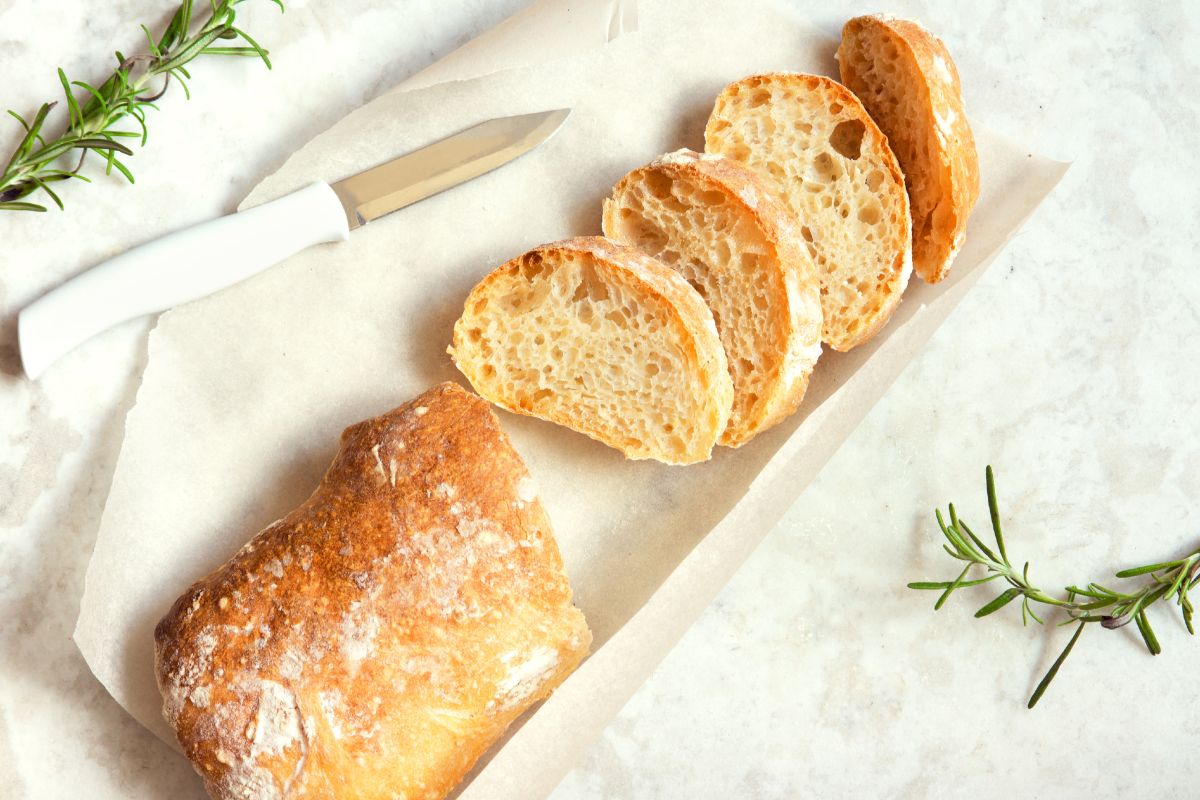Italian and French breads have long been admired for their distinctive shapes, textures, flavors, and versatility. These delicious foods are staples in many cultures, each with a unique history and culinary style. But what exactly sets them apart?
And what elements should you consider when deciding whether or not to substitute one for the other? Let’s take a closer look.
Advantages and Disadvantages of Substituting One for the Other
The decision to substitute one type of bread for the other often comes down to personal preference; some cooks may prefer Italian bread while others may prefer French. Still, it’s important to consider the advantages and disadvantages of substituting Italian bread for French or vice versa.
For instance, French baguettes are usually much lighter than Italian loaves, so they’re ideal as sandwich breads while Italian loaves make excellent table settings. However, French loaves are usually very crunchy on the inside and can be quite filling, whereas Italian loaves tend to be denser and less filling.
Also, if you’re baking with a pasta sauce or if you have a dish that requires extra moisture retention, substituting one for the other might not work out very well.
Italian Bread
When we think about Italy, one of the first things that come to mind is its delicious breads! While Italy produces many different types of breads from various regions – such as ciabatta from Puglia or schiacciata from Tuscany – there are three main types: grissini (breadsticks), panini (lunch rolls), and focaccia (flatbread).
Grissini are perfect as snacks or accompaniments; panini make great sandwich rolls; and focaccia can be used as an appetizer, side dish or even pizza crust! No matter what type of Italian bread you choose, it will definitely bring an authentic flavor to your meal.
Nutritional Values
Italian bread is low in fat, moderate in carbohydrates and protein-rich. It is also high in fiber and contains essential vitamins such as B1 (thiamin) and B2 (riboflavin). A slice of Italian bread also contains small amounts of potassium and iron – both vital minerals for maintaining good health.
Tips for Cooking with Italian Bread
When cooking with Italian breads like focaccia or panini it’s important to remember that they should be cooked quickly over high heat rather than slow-cooked over low heat. This will help ensure that they stay light and airy instead of becoming dense and gummy.
Additionally, when preparing these types of breads it’s best to use high-quality olive oil instead of butter or margarine due to its superior flavor profile. Finally, when storing them it’s best to keep them in an airtight container in order for them to retain their freshness longer – ideally up to two days after baking!
French Bread
Of all the European nations with noteworthy cuisines France is known primarily for its exquisite pastries but its savory baked goods shouldn’t be overlooked either! There are several different types of French breads such as baguettes (long thin loaves), ficelles (shorter than baguettes), epi (twisted loaves), boules (round loaves) pain de mie (soft white sandwich loaf) workshop-style boule (circular loaf with irregular shape) just to name a few!
Knowing which type to choose largely depends on how you plan on using it – sandwiches favor softer textured loaves while dishes like soup may require firmer texture options such as epi or baguettes.
Nutritional Values
French breads are usually made with white flour which makes them relatively high in carbohydrates but relatively low in fiber compared other types like whole wheat grain loafs. They also tend to contain almost no fat so they can make a good snack option when keeping portion sizes in check!
Despite being higher in carbohydrates than some alternatives they still provide valuable nutrients such vitamins B6 & B12 along with iron & zinc which all play an important role maintaining a healthy diet.
Tips for Cooking with French Bread
French bread is best enjoyed shortly after baking so it’s important that you store it correctly if you’re not going to eat it immediately – ideally wrapping them tightly in parchment paper before placing them into an airtight container then freeze it until ready for use!
Additionally don’t forget rule #1 – never use butter on your toast always opt for alternatives like olive oil or jam instead otherwise your toast will become heavy and soggy quickly! Finally if using on recipes where higher moisture content is needed try misting the crust lightly with water before serving the final product – this will give a softer crumb interior without totally saturating the surface area too much impacting end result negatively too much moisture = soggy mess nobody wants that right?
Conclusion
Both Italian and French Bread can be enjoyed independently or used together depending on what kind of dish you are preparing. Either way, there are plenty of benefits to be had both in the nutrition and taste departments. So next time consider swapping out a regular loaf for something a little more classy and sophisticated feel free to experiment.

